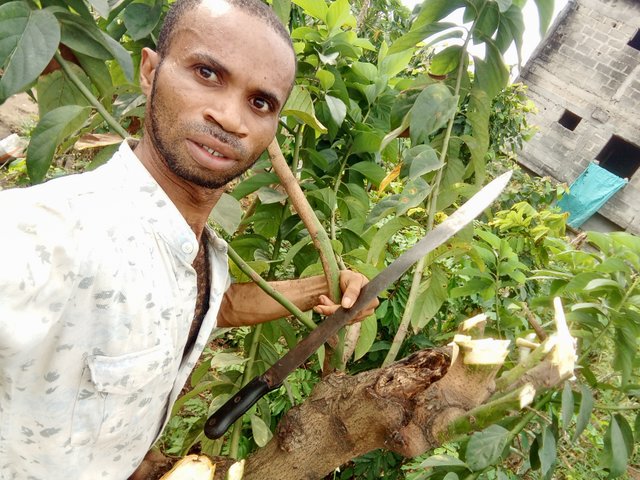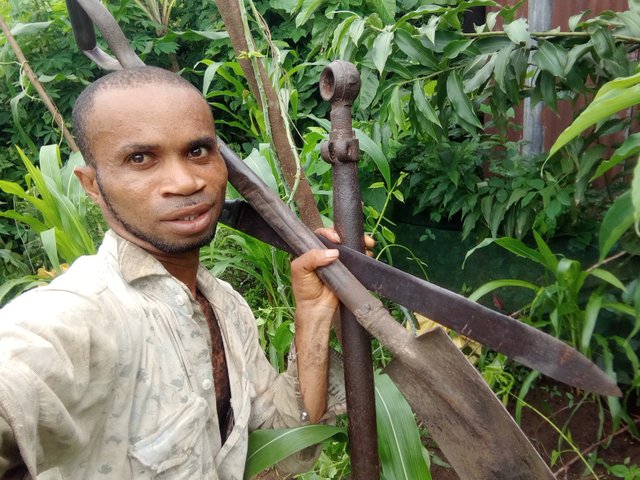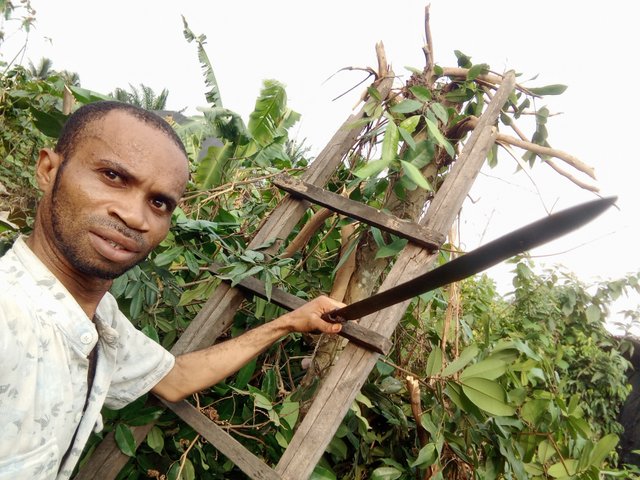Basic Knowledge in Agriculture #52
| <center Introduction |
|---|
Farming has always been one of the oldest and most essential occupations in human history. Long before modern machines and fertilizers came into play, our ancestors depended on nature’s natural processes to make their farmlands productive. One of those ancient farming methods still practiced in many parts of Africa, including Nigeria, is bush fallowing. Although it may sound simple, bush fallowing is a powerful land management technique that helps the soil regain its fertility naturally over time.
What is Bush Fallowing?
Bush fallowing is an old farming system where a piece of land is cultivated for a few years and then left uncultivated for some time to allow natural vegetation to grow back. During this resting period, grasses, shrubs, and trees take over the land, restoring lost nutrients through the decomposition of plant materials. After a few years, the farmer clears the bush and starts farming again. This cycle continues, helping the soil recover and stay productive without chemical fertilizers.
In many rural communities across Nigeria, especially in areas like Enugu, Benue, and Cross River, bush fallowing remains an important traditional method of maintaining soil fertility. It works best where land is available and population pressure is not too high.
Advantages of Bush Fallowing
- Restores Soil Fertility:
When the land is left to rest, organic matter from decayed leaves and plants enriches the soil with essential nutrients like nitrogen and phosphorus, making it more fertile for future farming.
- Reduces Soil Erosion:
The growth of natural vegetation helps to protect the soil from erosion by wind and water. The roots hold the soil particles together, keeping the topsoil intact.
- Controls Pests and Diseases:
When a farm is abandoned for a few years, many pests and crop diseases that depended on cultivated plants die off naturally, helping to reduce infestations in the next farming cycle.
- Supports Biodiversity:
Allowing nature to reclaim the land for a while helps wildlife, insects, and microorganisms thrive, promoting ecological balance in the area.
- ** Low Cost and Natural:**
Unlike modern farming that requires fertilizers and chemicals, bush fallowing depends on nature’s natural ability to heal the land, which makes it cost-effective for small-scale farmers.
Disadvantages of Bush Fallowing
Requires Large Land Areas:
Bush fallowing is only practical where there is enough land. In areas with high population density, it becomes difficult to find new land to farm while waiting for old ones to recover.Time-Consuming:
It takes years for the soil to regain full fertility. Farmers who depend on yearly harvests may not have the patience or land to wait that long.Encourages Deforestation:
When practiced without planning, farmers may clear new forests every season, leading to deforestation and environmental degradation.
- Not Suitable for Commercial Farming:
With the growing demand for food, bush fallowing cannot produce enough to feed large populations or sustain modern agriculture.
- Weed and Pest Invasion:
When the fallow land is eventually cleared, farmers often struggle with weeds and pests that may have multiplied during the resting years.
Conclusion
Bush fallowing is a gift from traditional farming wisdom. It shows that nature has its own way of healing the land if we give it time. While it may not fit into today’s large-scale farming systems, it still plays a vital role in rural agriculture where land is abundant. The challenge now is how to combine this traditional knowledge with modern methods for sustainable food production.



